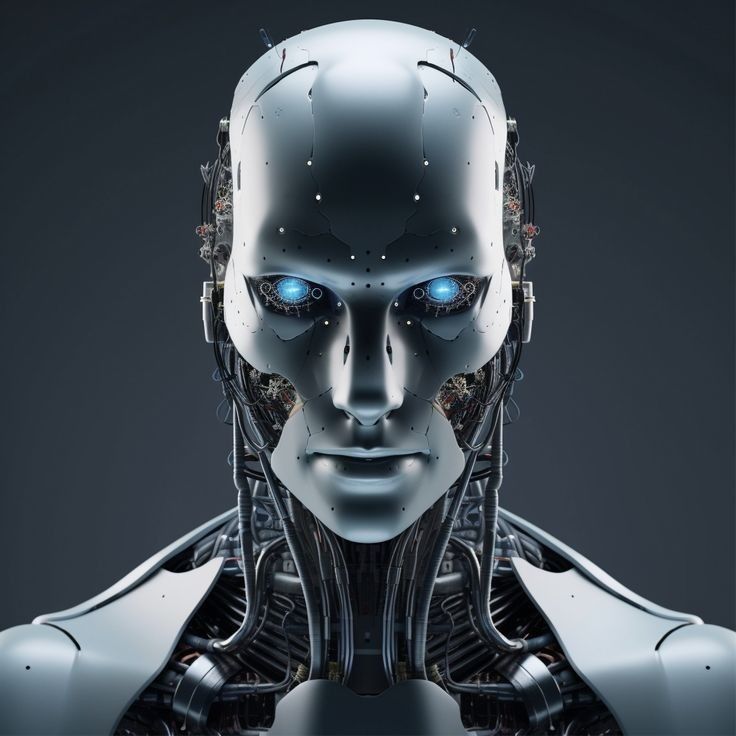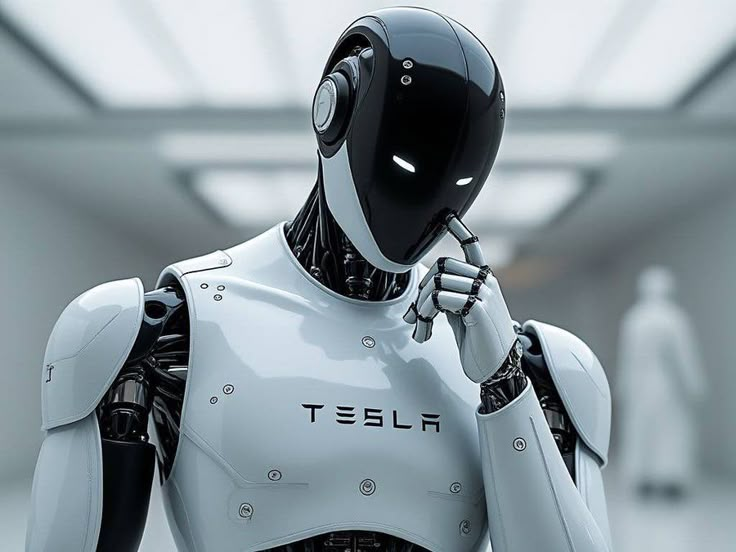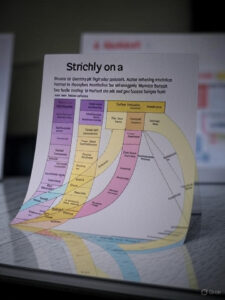Introduction
As artificial intelligence (AI) continues to advance, its impact on the job market is both exciting and concerning. The World Economic Forum estimates that AI could affect nearly 50 million U.S. jobs in the coming years, with 40% of employers planning to reduce their workforce where tasks can be automated (World Economic Forum). At the same time, AI is expected to create 11 million new jobs while displacing 9 million, highlighting a complex balance of disruption and opportunity (World Economic Forum). This article explores which jobs are most vulnerable to AI automation in 2025, which are likely to remain safe, and how individuals and organizations can adapt to this evolving landscape.
Is AI Really Replacing Jobs?
AI’s influence on the workforce is undeniable, but the narrative isn’t solely about job loss. According to PwC’s 2025 Global AI Jobs Barometer, AI can enhance worker value, particularly for those with AI skills, which command a wage premium (PwC). A McKinsey report notes that 70% of employees believe generative AI will change at least 30% of their work by 2025 (McKinsey). While AI automates repetitive tasks, it also creates new roles, requiring workers to adapt through reskilling. The fear of AI-driven job loss is tempered by its potential to augment human work, as seen in companies like AT&T, which uses AI to boost productivity (AT&T).
Key Statistics on AI’s Impact
| Source | Statistic | Implication |
|---|---|---|
| World Economic Forum | AI could impact 50 million U.S. jobs | Significant workforce transformation needed |
| PwC | AI skills command a wage premium | Upskilling can enhance job security |
| McKinsey | 70% of employees expect AI to change 30% of their work | AI is reshaping job tasks across industries |
| Gartner | 95% of customer service interactions will be AI-powered by 2025 | High automation in customer-facing roles |
What Jobs Is AI Taking Over?
AI excels at automating repetitive, rule-based, and predictable tasks. Below are the key job categories most at risk in 2025, based on current trends and research.
1. Administrative and Office Support
Roles like data entry clerks and administrative assistants are highly vulnerable. The McKinsey Global Institute reports that 69% of data processing tasks can be automated with current technologies (McKinsey). AI tools like Google’s AI software can handle scheduling, data entry, and document management, reducing the need for human intervention.
2. Customer Service
AI-powered chatbots and virtual assistants are transforming customer service. Gartner predicts that by 2025, 95% of customer interactions will be handled by AI (Gartner). Call center agents and live chat support staff are seeing reduced demand as AI handles routine inquiries efficiently.
3. Manufacturing and Warehousing
Robotics and AI are automating tasks like assembly line work and inventory management. Automated systems can operate continuously, increasing efficiency and reducing labor costs in manufacturing and warehousing sectors.
4. Transportation and Delivery
Self-driving vehicles and drones are poised to disrupt transportation and delivery roles. Companies are investing in autonomous technologies, which could reduce the need for drivers in the coming years.
5. Retail and Hospitality
Automated checkouts, kiosks, and service robots are replacing roles like cashiers and front-desk staff. Retail and hospitality industries are adopting AI to streamline operations and cut costs.
6. Media and Content Generation
AI tools like ChatGPT and Google’s AI software can generate articles, videos, and other content, impacting roles in journalism and content creation. While human creativity remains valuable, routine content production is increasingly automated.
What Jobs Cannot Be Replaced By AI (for Now)?
Some jobs are less susceptible to automation due to their reliance on human skills like empathy, creativity, and complex decision-making. The following roles are expected to remain resilient in 2025. For a deeper dive into future-proof careers, see AI-resistant career pathways.
1. Healthcare Providers (Nurses, Therapists, Physicians)
Healthcare roles require empathy, nuanced judgment, and hands-on care. Nurses, therapists, and physicians perform tasks that AI cannot fully replicate, such as patient interaction and complex diagnostics.
2. Creative Professionals (Writers, Designers, Filmmakers)
While AI can generate content, original creativity and storytelling remain human strengths. Writers, designers, and filmmakers bring unique perspectives that AI struggles to match.
3. Educators (Early Childhood and Special Education)
Educators, particularly in early childhood and special education, rely on personal interaction and adaptability. The World Economic Forum notes that education roles are expected to grow through 2027 (World Economic Forum).
4. Skilled Tradespeople (Electricians, Plumbers, HVAC Technicians)
Skilled trades involve unpredictable physical tasks that are difficult to automate. Electricians, plumbers, and HVAC technicians perform hands-on work requiring expertise and adaptability.
5. Human Resources and Organizational Development Leaders
HR professionals manage interpersonal dynamics, conflict resolution, and strategic planning, areas where AI lacks the emotional intelligence and judgment of humans.
Why These Jobs Are Safer

| Job Category | Reason for AI Resistance |
|---|---|
| Healthcare Providers | Empathy and complex decision-making |
| Creative Professionals | Originality and human perspective |
| Educators | Personal interaction and adaptability |
| Skilled Tradespeople | Unpredictable physical tasks |
| HR Leaders | Emotional intelligence and strategic thinking |
How Will AI Reshape the Workforce Long-Term?
AI is not only displacing jobs but also creating new roles that leverage its capabilities. Below are emerging roles expected to grow in 2025.
1. AI Ethicists
AI ethicists develop ethical guidelines for AI development, ensuring fairness and transparency. They often have backgrounds in philosophy, computer science, or law and address issues like bias and privacy (Upwork).
2. Prompt Engineers
Prompt engineers design and refine text prompts for AI models to produce accurate outputs. They require skills in natural language processing and collaboration with cross-functional teams (Coursera).
3. Digital Well-Being Coaches
These professionals help individuals manage their digital lives, promoting healthy interactions with AI and technology. Their role is growing as digital overload becomes a concern.
4. Human-AI Interaction Designers
These designers create user-friendly interfaces for AI systems, ensuring seamless human-machine collaboration. Their work enhances user experience and system efficiency.
How to Handle AI-Driven Workforce Shrinkage
Organizations and individuals must adapt to AI’s impact through proactive strategies.
1. Transparent Communication
Companies should openly discuss AI’s role in the workplace, outlining how it will affect jobs and what support is available (AT&T).
2. Proactive Career Transition Support
Employers can assist workers in finding new roles or careers, easing transitions caused by automation.
3. Reskilling and Upskilling Programs
Training programs are critical for developing AI-complementary skills. Amazon’s Upskilling 2025 program aims to retrain 300,000 employees for technical roles (Built In).
4. Bias Auditing in AI Tools
Ensuring AI systems are fair and unbiased is essential to maintain trust and equity in the workplace (Deloitte).
5. Hybrid Job Design
Creating roles that combine human and AI capabilities can enhance productivity while preserving human involvement.
AI Taking Over Jobs: Case Studies
Companies are navigating AI’s impact in varied ways.
AT&T
AT&T uses its Ask AT&T tool to enhance employee productivity, not replace workers. Over 80,000 employees use this generative AI tool for tasks like coding and documentation, showing how AI can augment human work (AT&T).
Amazon
Amazon leverages AI in logistics and customer service but is also investing in reskilling. Its Upskilling 2025 program trains employees for technical roles, preparing them for AI-driven changes (Built In).
IBM
IBM, a leader in AI with its Watson platform, uses AI to streamline operations while promoting human-AI collaboration. Their focus is on augmenting, not replacing, human workers (IBM).
Key Takeaways
AI is reshaping the job market, automating repetitive tasks while creating new opportunities. Jobs like administrative support and customer service are at risk, but roles requiring empathy, creativity, and physical skills remain resilient. Emerging roles like AI ethicists and prompt engineers highlight AI’s potential to create jobs. To thrive, individuals should pursue reskilling, and organizations should invest in transparent communication and training programs. By adapting to AI’s evolution, workers can future-proof their careers. For more on resilient career paths, visit AI-resistant career pathways.





Pingback: 🤖 What is AI in Simple Words for Kids? (Fun 2025 Guide) - Snapspeak